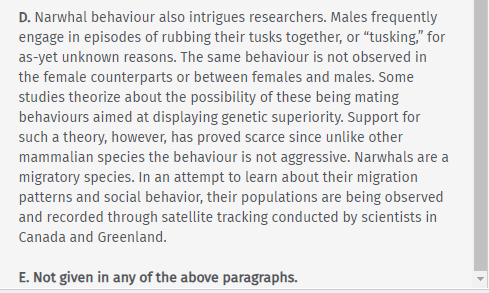CELPIP Tips: Reading Part 3 – Reading for Information
Today we’ll learn about Part 3 of the Reading Test which requires test-takers to read a longer passage with more advanced vocabulary compared to the previous reading tasks.
Did you know MOSAIC Engage offers CELPIP Prep classes? Click here to learn more!
Unlike Reading Part 1 which asks test-takers to read written correspondence such as an email, and Part 2 which includes a diagram with some text, the passage in Part 3 may be more of a challenging read.
But don’t let that discourage you! With practice and the implementation of useful strategies, Part 3 should feel less challenging.
Part 3 is more academic in nature because the topic could be about science, history, or current events. You’re not expected to memorize or even understand everything in the passage.
The main point is to identify which paragraph contains the information stated in the questions.
You’ll have about 10 minutes to complete Part 3.
Let’s look at some strategies and tips below.
The 9 questions can be found above, and the 4 paragraphs are on the left.
Test-takers can use different strategies for Part 3. Some people may prefer to read the questions first. This is effective because you can identify key words and will know what to look for when you read the passage after reading the questions.
Some people may prefer to scan through the passage first, then scan the questions, and then go through each paragraph one-by-one. It’s important to use whichever strategy works best for you, just be mindful of time management.
Let’s look at Question #1: There are physical differences between Narwhal males and females.
For every question, you must select either A, B, C, D which correspond to each paragraph, or E which is for information that is not given in any of the paragraphs.
We can see that differences between male and female narwhals are mentioned in Paragraph B and D. Remember that the question asks about physical differences. Therefore, Paragraph B would be the correct answer because Paragraph D focuses more on behavioural differences.
Since we have ascertained that Paragraph D describes the narwhal’s behaviour, we can use this as a hint for Question #7 which says, “Different countries are documenting narwhal behaviour patterns.”
The next step is to read through Paragraph D to confirm that this is the correct answer. The last sentence says “… their populations are being observed and recorded through satellite tracking conducted by scientists in Canada and Greenland.”
This directly matches with Question #7 because it mentions different countries and the keywords observed, recorded, and tracking are all aspects of documenting behavioural patterns.
Once again, you are not expected to understand all of the information in the passage, you just have to identify which paragraph the information is found in. For example, let’s look at Question #5: Narwhal whales are connected to Canadian aboriginal folklore.
Without even reading the paragraphs carefully, we can spot the word “aboriginal” in Paragraph C. After reading the sentence, “A northern aboriginal legend explains the narwhal’s tusk was created when a woman shooting a harpoon had struck a large white whale,” we can see that legend is another word for folklore or folk tale. If you are unsure about the definition of certain vocabulary, Paragraph C would be a plausible choice because it is the only paragraph that includes something about aboriginal people and culture.



